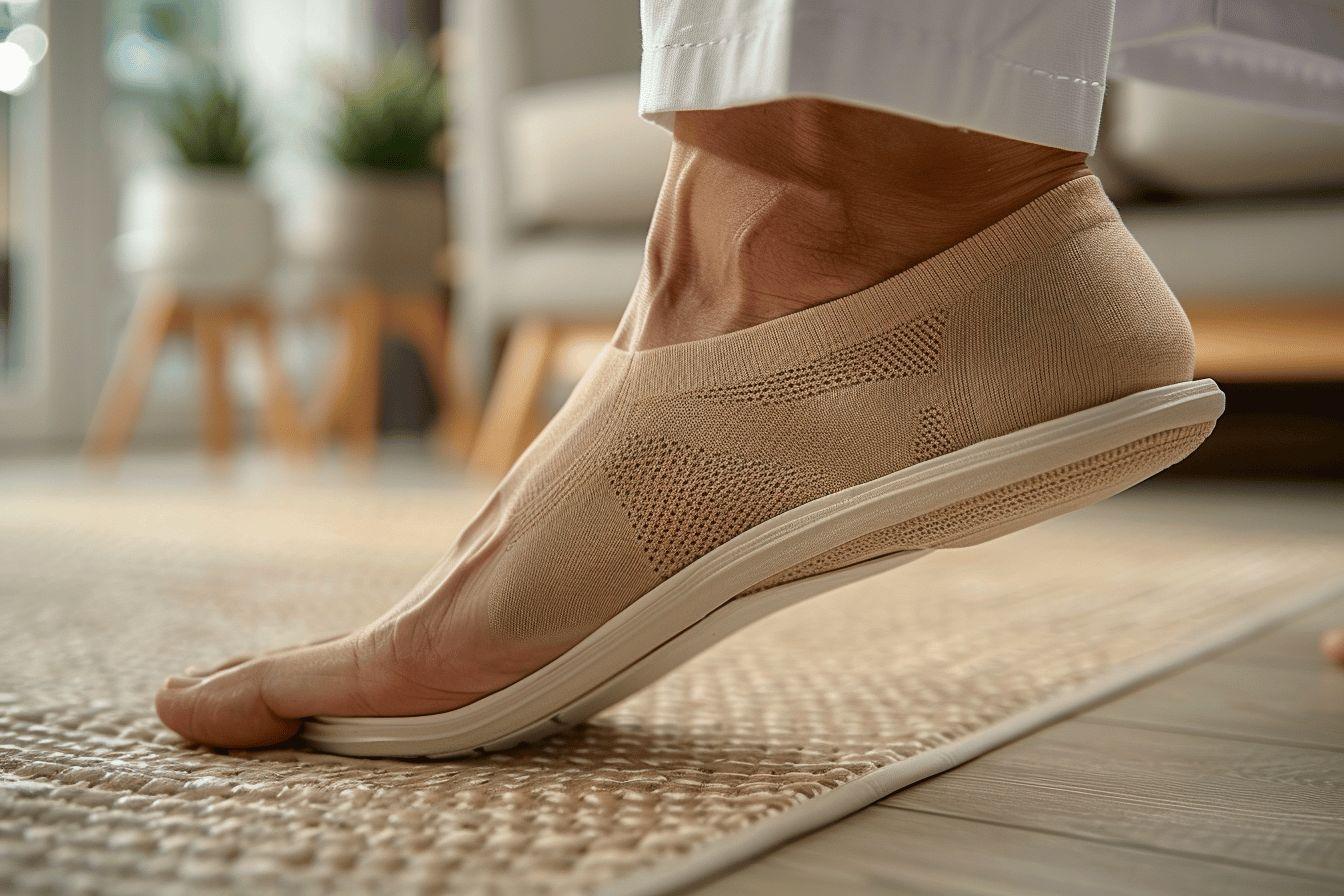Plantar fasciitis may require time off work. Here are the key points for managing this situation effectively:
- Medical Assessment: Consult a specialist to determine the need for sick leave
- Administrative Procedures: Obtain a medical certificate and comply with the submission deadlines
- Treatment: Use the sick leave to implement an effective relief plan
- Preparing for Return: Discuss possible adjustments with your employer
Plantar fasciitis can cause intense pain in the heel and sole of the foot, sometimes making it difficult to perform certain professional activities. When faced with this condition, it is essential to know how to obtain sick leave and effectively relieve the pain. Here's a comprehensive guide to help you manage this situation.
When to request sick leave for plantar fasciitis?
The decision to request sick leave for plantar fasciitis depends on several factors. It is crucial to assess the impact of this condition on your ability to perform your job duties. Here are the situations that generally warrant sick leave:
- Severe and persistent pain limiting your movement
- Inability to stand or walk for long periods
- Worsening of symptoms due to your work activity
- Need for intensive treatment or complete rest
It's worth noting that plantar fasciitis can be associated with other podiatric conditions. For example, some patients also suffer from heel spurs, a condition that can worsen heel pain. In such cases, time off work may be necessary to allow for optimal recovery.
Before making this decision, consult a medical specialist who will assess your condition and determine whether time off work is warranted. Feel free to explain in detail your working conditions and the impact of plantar fasciitis on your daily work.

Steps to obtain a sick leave
Once you've decided to request a sick leave, follow these steps to obtain it:
-
Consult your doctor or a podiatrist: Discuss your symptoms and the impact on your work.
- Undergo further tests if necessary (X-ray, ultrasound).
- Discuss the appropriate length of sick leave with your doctor.
- Obtain the completed medical certificate for sick leave.
- Send the forms to your employer and health insurance fund within 48 hours.
It is crucial to respect the deadlines for submitting documents to avoid any administrative problems. Keep a copy of all documents relating to your sick leave for your personnel file.
Effectively Relieve Pain During Sick Leave
Sick leave is the ideal opportunity to implement an effective treatment plan for plantar fasciitis. Here are some methods to relieve pain and promote healing:
| Method | Description | Recommended Frequency |
|---|---|---|
| Rest | Limit activities that put stress on your feet | Daily |
| Icing | Apply ice to the painful area | 15-20 minutes, 3-4 times a day |
| Stretching | Gentle plantar fascia exercises | 2-3 times a day day |
| Massages | Self-massage with a ball or roller | 5-10 minutes, 1-2 times a day |
Several natural remedies can also speed the healing of plantar fasciitis. Don't hesitate to explore these options in addition to conventional treatments.
It is also recommended to wear appropriate shoes, such as those from the Scholl brand, which may be reimbursed by Social Security in some cases. These shoes provide optimal support and can significantly contribute to pain relief.
Preparing to Return to Work After a Leave of Absence for Plantar Fasciitis
Preparing to return to work is a crucial step in avoiding relapses. Here are some tips to ensure a smooth transition:
Evaluate your health status with your doctor before returning to work. Make sure you are well enough to return to work. If necessary, request an extension of your sick leave.
Talk to your employer about possible adjustments to your workstation. This may include more frequent breaks, temporarily changing your duties, or using ergonomic equipment such as a footrest.
Continue to do the exercises recommended by your doctor or physical therapist. Certain exercises, such as those designed to correct claw toes, can also be beneficial in preventing other foot problems.
Invest in proper work shoes that offer good arch support. Avoid flats or high-heeled shoes, which can aggravate plantar fasciitis.
Consider custom orthotic insoles. These devices can greatly relieve pressure on the plantar fascia and prevent recurrence.
By following these recommendations, you maximize your chances of returning to work in the best possible condition while minimizing the risk of recurrence. Remember that healing from plantar fasciitis can take time. Be patient and persistent in your treatment.





Leave a comment
This site is protected by hCaptcha and the hCaptcha Privacy Policy and Terms of Service apply.